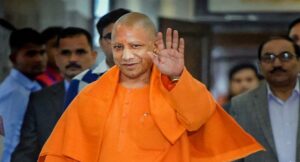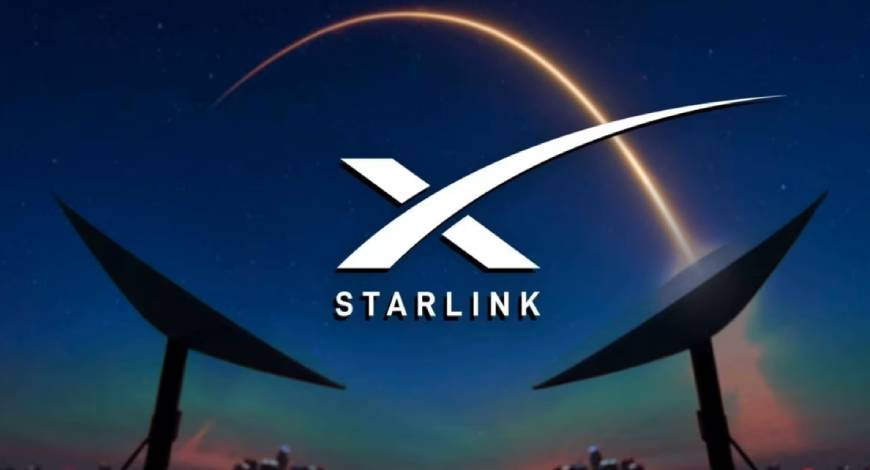Chief Minister A. Revanth Reddy told the Assembly that the World Bank has sanctioned ₹4,500 crore loan at a low interest rate to Telangana for improvement of the public healthcare infrastructure and medical facilities.
He stated this during the motion thanking Governor Jishnu Dev Varma’s address, when MIM MLA Akbaruddin Owaisi requested the government to include new treatment regimes such as immunotherapy for cancer patients as an injection that costs ₹2.4 lakh.
On allowing fruit merchants to open their shops at the Gaddi Annaram market till the Ibrahimpatnam market was opened, the Chief Minister instructed the authorities of the Agricultural Marketing Department to give temporary permission to open shops despite the court’s stay order, provided Owaisi takes the responsibility of sending the merchants to Ibrahimpatnam once that facility was ready for operations.
“We may not get the opportunity every time and becoming the Chief Minister of Telangana is very difficult proposition. Now that I have been given the opportunity by people, I want to do everything possible for their welfare and development as we don’t know whether the opportunity would come again,” the Chief Minister said highlighting the resolve to end the drug menace and traffic issues in the city.
He suggested that private schools, which collect heavy amount per student as tuition fee every year, should have psychology teachers too to observe any drastic change in the behaviour among the students as it could be linked to drugs too. If it was addressed at initial levels, the problem could be nipped in the bud. It was the responsibility of school and college managements to see to it that no contraband, particularly drugs, entered their premises.
On the issue raised by K. Sambasiva Rao (CPI) about Kothagudem airport, the Chief Minister said the State Government had sent proposals to the Centre for airports in Warangal, Jakranpally, Adilabad, Ramagundam and Kothagudem and the first was approved for now.
He assured the House that they will continue to pursue for the remaining four airports too, as investors asked for infrastructure in Tier two and Tier three cities.
The CM instructed the Finance Department to release funds for payment of honorarium to ‘imams and muezzins’ before Ramzan. He also told the authorities to convene a meeting with Mr. Owaisi to resolve the issues related to the city. Later, the House adopted the motion. The Hindu









